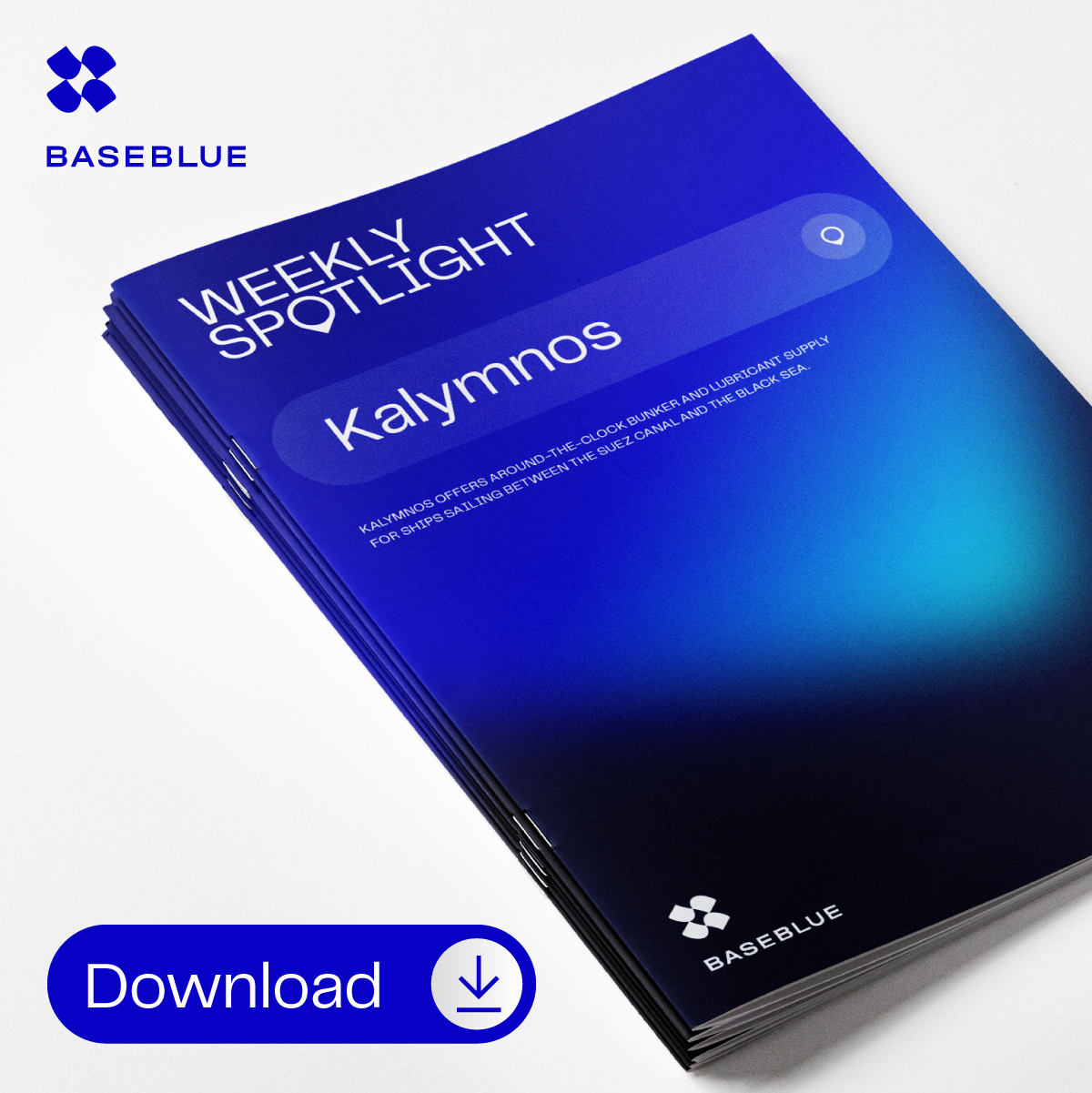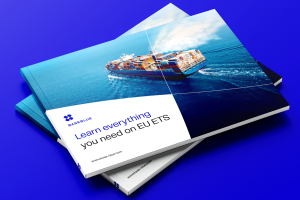

How the EU ETS impacts the shipping industry
Reducing Maritime’s Carbon Footprint
In a momentous step towards combating climate change, the European Commission introduced the Fit for 55 package in July 2021, aiming to reduce carbon emissions by at least 55% by 2030 compared to 1990 levels. A pivotal element of this package is the revision of the EU Emissions Trading System (EU ETS). To ensure the maritime transport sector contributes to the EU’s climate ambitions, the Commission proposed extending the scope of the EU’s ETS to cover CO2 emissions from large ships (above 5000 gross tonnages), irrespective of their flag.
Expansion of the EU ETS to the Maritime Sector
Effective January 1, 2024, the EU ETS will be expanded to cover the maritime sector, allowing only a two-year phase-in period. During this period, operators and charterers must surrender a portion of European Union Allowances (EUAs) to account for emissions. This inclusion of shipping within the EU ETS will profoundly impact ship operators and charterers, as the price of EUAs is expected to rise further when currently the price is around EUR85. Hence, a comprehensive understanding of the system and its implications is crucial.
Scope and Compliance:
Initially, the EU ETS will apply to vessels engaged in the commercial transportation of cargo or passengers above 5000 gross tonnages. In 2027, offshore vessels above 5000 gross tonnages will also come under its scope, and there will be an evaluation on whether to include offshore vessels of 400 to 5000 gross tonnage in 2027. By the “polluter pays” principle, commercial operators or charterers will reimburse ship owners for allowances required to cover their emission-related costs.
Emission Surrender and Monitoring
To ensure a smooth transition, shipping companies will only have to surrender allowances for a portion of their emissions during an initial phase-in period, reaching 100% after three years.
In 2024, the starting year, only 40% of the emissions falling under EU ETS must be surrendered. In 2025 this increases to 70%, and in 2026 and beyond to 100%. EU ETS in the maritime sector will include 100% emissions in and between EU ports. In addition, it will consist of 50% of the emissions from voyages between EU and non-EU ports.
The emissions will be monitored through the EU Regulation on the monitoring, reporting and verifying CO2 emissions (EU MRV). Moreover, additional greenhouse gases such as methane (CH4) and nitrous oxide (N2O) will need to be reported in the EU MRV in 2024 and included in the EU ETS from 2026.
Implications and Decarbonization Strategies
With the maritime industry not receiving any free allowances, ship operators must surrender EUAs for every ton of CO2-equivalent emissions, significantly affecting operational costs. Given current EUA prices, the operational costs of vessels will be significantly affected.
Operators have two options to comply with the EU ETS: purchasing EUAs or reducing emissions. Strategies for emission reduction include fuel consumption reduction and the adoption of low-carbon or renewable fuels. While both approaches are important, upcoming regulations like FuelEU Maritime will focus specifically on the shift to low-carbon or renewable fuels, expected to take effect after 2025.
Our Recommendation
Incorporating the maritime sector into the EU ETS indicates a significant step toward reducing carbon emissions. To thrive in this evolving landscape, it is vital to devise a decarbonisation strategy today. At Baseblue, we recognise the importance of this transitional phase and are here to support shipping companies in navigating the complexities.
Every regulatory shift presents both risks and opportunities. Our advice to shipping companies is to consider the availability and costs of low-carbon fuels, invest in forward purchasing of biofuels and EUAs, and evaluate green investments. The cost of obtaining EUAs should be included in every business case about fuel consumption and fuel selection.
Baseblue is by your side to navigate the transition to alternative fuels and provide solutions on the provision of EUAs. Our dedicated team can help you reach your emissions reduction targets through guidance and up-to-date knowledge on the availability and supply of alternative fuel choices whilst, in parallel, working closely together and providing you with solutions on the provision of EUAs.
Baseblue is here to support you in achieving your emission reduction targets throughout your entire decarbonization journey in three ways:
· Operationally: We enhance efficiency through our digital platforms, providing you with end-to-end control of your bunker value chain.
· Guidance and up-to-date knowledge: We offer valuable information on the availability and supply of alternative fuel choices, helping you make informed decisions.
· Risk management: Our expert consultants, equipped with deep knowledge of the paper markets, can provide solutions for the provision of EUAs (European Union Allowances) and tailor a bespoke strategy to mitigate risks based on your specific needs.
By embracing the right strategy, you can gain a competitive advantage and stay ahead of your competitors. If you require assistance understanding the EU ETS and building a compliance portfolio aligned with your strategy, we are here to help you navigate this evolving landscape successfully.
Visit our EU ETS dedicated page
Let an expert trader assist you.
Download EU ETS Booklet

"*" indicates required fields



